Affiliate links on Android Authority may earn us a commission. Learn more.
How LG and HUAWEI can restore Google's Nexus program to its former glory
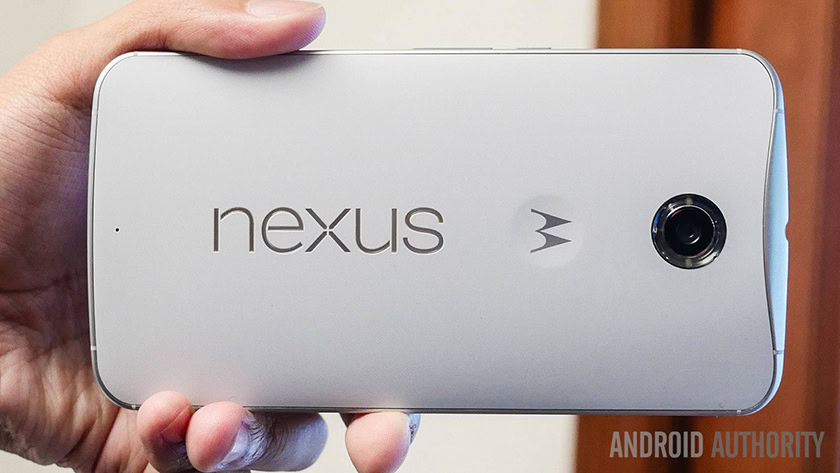
Last year, Google released its sixth Nexus-branded smartphone. Aptly named the Nexus 6, this colossal handset (just over six inches long) shipped with an equally large $649 price tag. Even though it was loaded with solid hardware, initial reviews of Mountain View’s latest flagship smartphone were somewhat divided. Arguably, two of the biggest complaints about the device were its unwieldy robust design and the gadget’s high premium when compared to previous Nexus phones.
Jump back to the present and it appears that Google may have learned from some of the mistakes it made last year. Rumor has it that the company is working on two follow-up smartphones with a pair of new hardware partners. LG is reportedly laboring away on a smaller handset with a display that clocks in at around 5.2-inches. Additionally, Chinese manufacturer HUAWEI is rumored to be developing a large device more akin to the Nexus 6. We’ve heard plenty of spec-related rumors about these two unannounced smartphones, but nothing trustworthy revealing how much they might cost.
With claims of high-end materials being used for Google’s next two Nexus phones, we’re slightly worried about a repeat of what happened last year. Regardless of pricing or manufacturing, new Nexus gear is certainly imminent and Mountain View’s current setup can use some fine-tuning. Here’s a look at Google’s Nexus program, along with a few things the company can do to help its direct to consumer hardware platform return to its heyday and beyond.
[related_videos align=”center” type=”custom” videos=”587920,345554,566728,563891″]
A Brief History Lesson
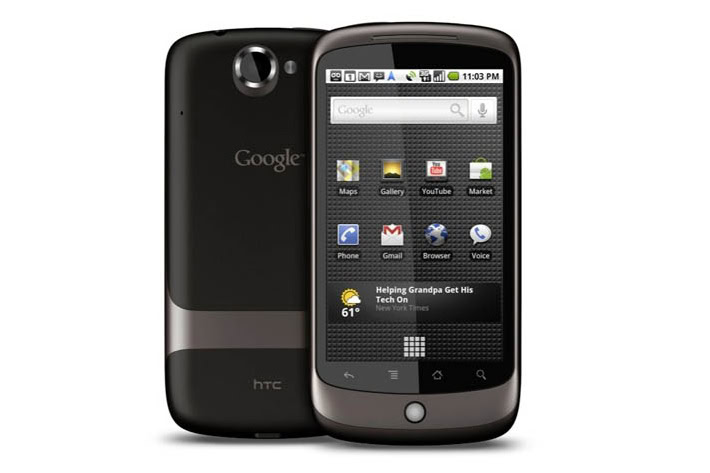
A little over five years ago, Google joined forces with HTCto introduce the world to a different type of Android-powered smartphone. Branded as the Nexus One, this new handset was billed as a “pure Google experience.” Free from manufacturer bloatware, the device was initially sold online directly from Google for $530. It shipped with its SIM unlocked and an open bootloader, making the handset a viable tool for developers working on mobile applications. Unlike previous Android smartphones tied to wireless carriers and hardware manufacturers, the Nexus One would be first in line to receive software updates directly from Google.
All of this sounded so promising, but commercially the Nexus One was a bit of a dud. Despite its lackluster release, Google’s new Nexus platform was an underground hit with developers and a growing brood of Android purists. So much in fact, the Alphabet-owned company released a successor just 11 months later. Co-developed by Google and Samsung, the Nexus S was the first smartphone to run Gingerbread and Android’s introduction into the world of Near Field Communication (NFC) tech. Priced at $529, the Nexus S saw more commercial success than its predecessor and was available from a wide variety of wireless carriers.
While Google’s first two entries in its Nexus device portfolio didn’t make huge waves, the company’s third installment was a bit of a game changer. Teaming up with Samsung for a second time, the search giant started selling its unlocked Galaxy Nexus for $399 via Google Play during the spring of 2012. In addition to an attractive price point, the Galaxy Nexus marked Google’s second crack at selling smartphones directly to consumers after its first attempt failed in 2010. Built with a slick design and hardware that offered a brisk performance, Google’s third Nexus phone was an all-around winner with gadget fans and casual types, but things didn’t stop there.
Google then went on to collaborate with LG for its fourth and fifth Nexus branded smartphones. The Nexus 4 officially launched on November 13, 2012 with an entry-level price of only $299. LG’s and Mountain View’s Nexus 5 became available on October 31, 2013 for $349.
With three of Google’s premiere smartphones costing around $400 or less, the Motorola-made Nexus 6’s $649 asking price felt like a hard punch to the gut for even the most loyal Android fans.
How LG and HUAWEI Can Make Things Better
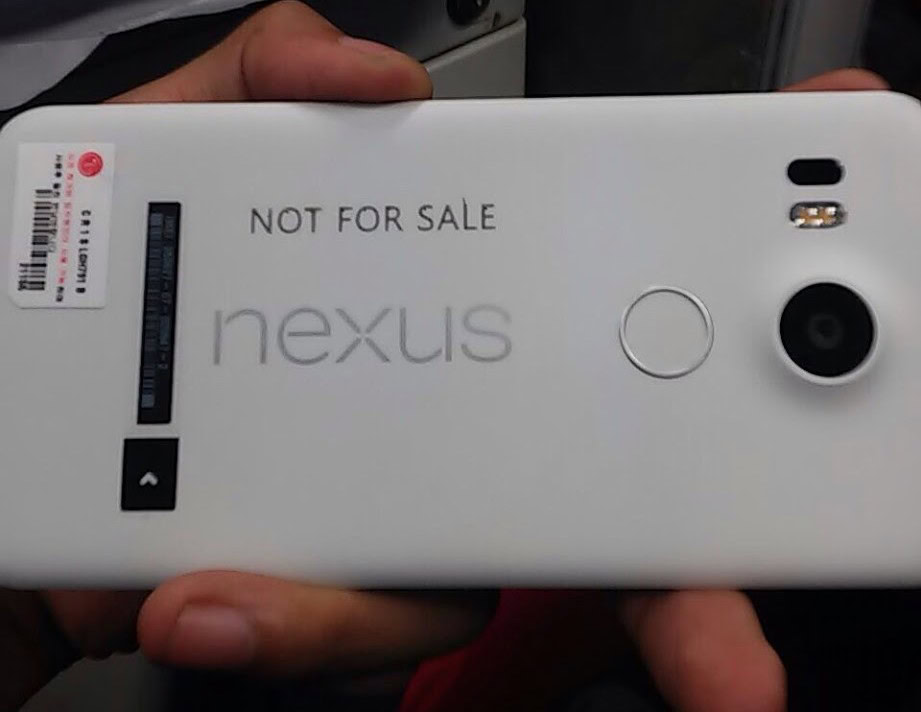
When it comes to producing Nexus phones, LG has an impressive resume. The South Korean tech giant’s previous efforts are the most affordable and celebrated smartphones on Google’s Nexus roster. Although LG’s current flagship handset is more expensive than devices like the OP2 or Moto X Style it is still quite a bit cheaper than flagships from Samsung and HTC, and we’d expect the Nexus 5 (2015) to push the pricing envelope even further.
What we are really hoping from LG is a return to the basics. That means delivering a solid product without too many bells and whistles, but at the same time working to keep compromises and sacrifices to a minimum to ensure a flagship-level experience at an affordable price point. Thankfully, recent leaked images seem to suggest that’s exactly what we’ll see. While the LG Nexus 5 (2015) will have some modern amenities like a fingerprint scanner and possibly front-facing speakers, its design still has that minimalist quality that many of us appreciated with the original Nexus 5.
As for pricing? If Google and LG really want a hit here they’ll need to reach a price point comparable to Motorola’s fast-approaching Moto X Pure Edition. If LG can do this, while delivering an experience that is on par with the LG G4 and other modern flagships, they’ll be sure to have another modest hit on their hands. Furthermore, Nexus fans that were turned off by the Nexus 6 could flock back to the Nexus brand in mass if the company can deliver an aggresively-priced follow-up to its successful Nexus 5.
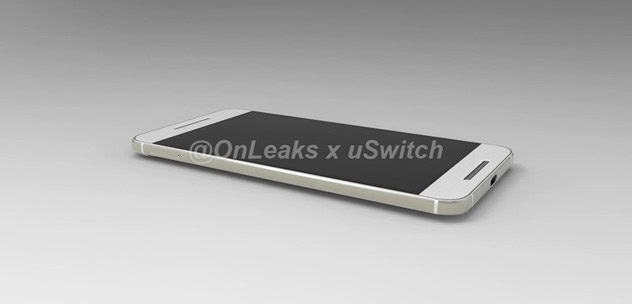
LG’s to-do list might not be that lengthy, however HUAWEI’s itinerary is most likely filled with a few twists and turns. Despite being a major player in the wireless industry, the Chinese firm is practically unknown in several markets, especially Google’s home turf. While Mountain View could use this newly forged alliance to work its way into China, the partnership could also help HUAWEI gain some traction in the US. A possible case of quid pro quo, the Chinese telecom juggernaut’s first journey into Nexusland could be part of a grander scheme.
Although a lot of people (especially in the US) probably struggle to pronounce the company’s name correctly, HUAWEI (pronounced “wah-way”) actually makes some respectable phones built with high-end materials. But like several other Android OEMs, the outfit has struggled with software. Since Nexus devices run vanilla Android, this shouldn’t be a problem.
Rumored to be tasked with construction of Google’s larger Nexus phablet, we’d like to see HUAWEI go all in on the hardware front and produce a well-balanced powerhouse. Hopefully, the company’s new handset will draw inspiration from its top-shelf P8, which features an excellent metal body and one of the better cameras that we’ve seen on a smartphone in quite a while. Even though the P8’s octa-core HiSilicon processor holds up pretty well, we’d still like to see HUAWEI’s king-size handset ship with a more prominent chip in tow. For now it’s hard to say what the new HUAWEI Nexus will look like, but a recent leak suggests it could have all-metal design with front-facing speakers and a rear-mounted fingerprint scanner.
Looking at the typical pricing of HUAWEI’s previous devices, it is very possible that the HUAWEI Nexus could bring us a premium experience at a pricing that is at least a little more aggresive than we saw with the Motorola Nexus 6, thus giving us the best of both worlds.
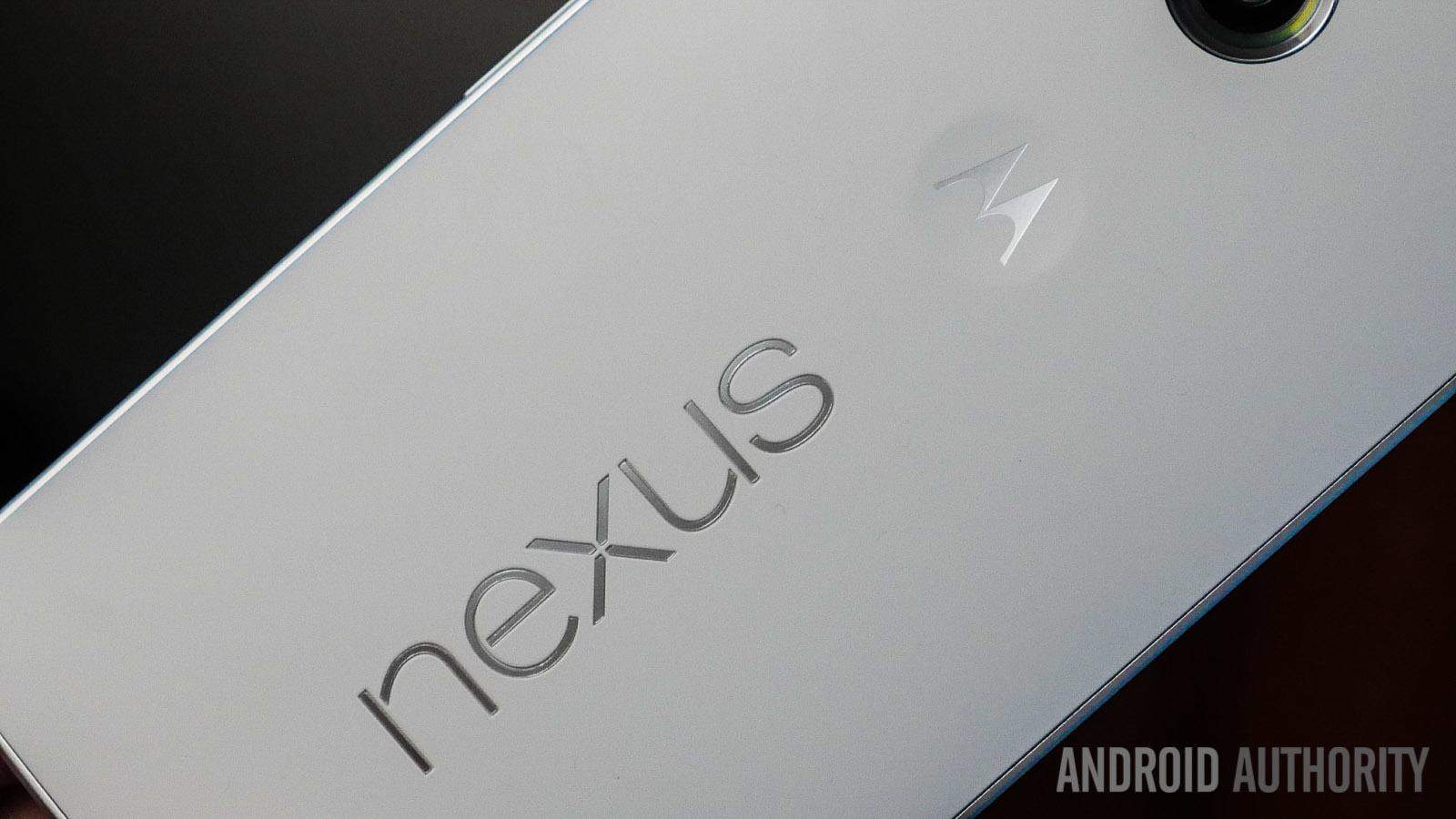
Final Thoughts
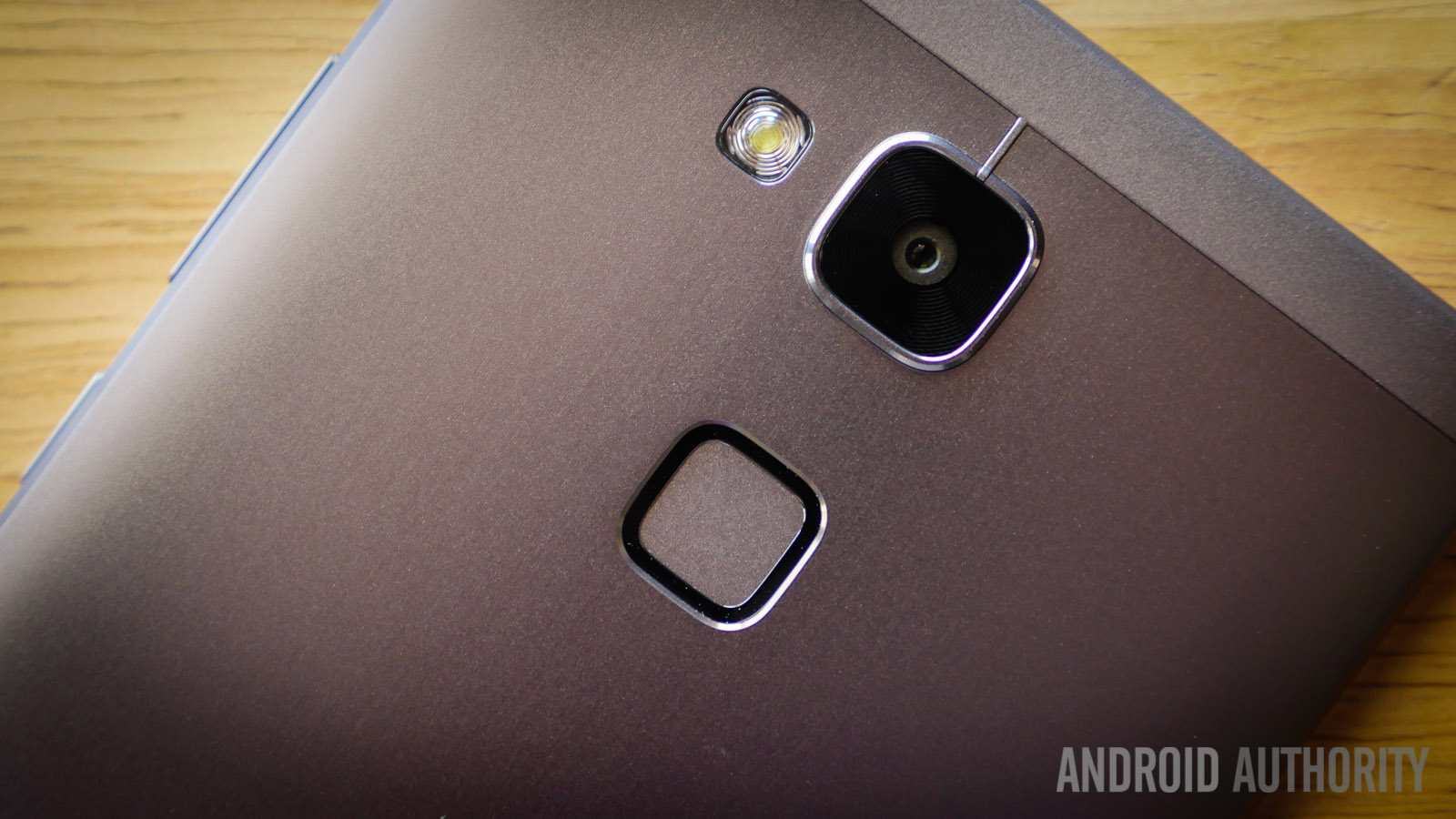
Google’s Nexus program isn’t exactly against the ropes, but another questionable hardware release can easily lead to consumers having doubt in the company’s house brand, especially as similar near-stock options are now pushing pricing to new heights (such as the Moto X and the OP2).
The decision to launch two different smartphones at or around the same time falls in line with the wireless industry’s status quo. Large plus-size devices are proving to be successful, however some people still gravitate towards a more compact smartphone. We’re just glad to see Google giving people more than one option.
When it comes down to it, LG’s biggest challenge will be producing a handset that feels like more than a shrunken G4 running vanilla Android. As for HUAWEI’s team, it will most likely have to deal with skeptics wanting a phone from a more popular electronics maker like Samsung, HTC, LG or Sony. And both companies will have to launch their devices with competitive price points in order to be successful.
Despite popular belief, Google’s Nexus smartphones haven’t always been cheap. However, they became more popular when their prices fell below the wireless industry’s normal premium for a high-end device. At the same time, there were those who felt that the Nexus 4 and Nexus 5 lacked when it came to special features, battery life, camera, and a few other aspects. If LG and HUAWEI can deliver new Nexus devices that don’t skimp on special features while still being ultra-competitive with pricing — we’re sure this year will be an epic one for the Nexus program.
If the HUAWEI and LG Nexus rumors turn out to be true, do you see yourself purchasing one of Google’s new flagship handsets or will you be buying something else instead? Be sure to share your game plan in the comments below.